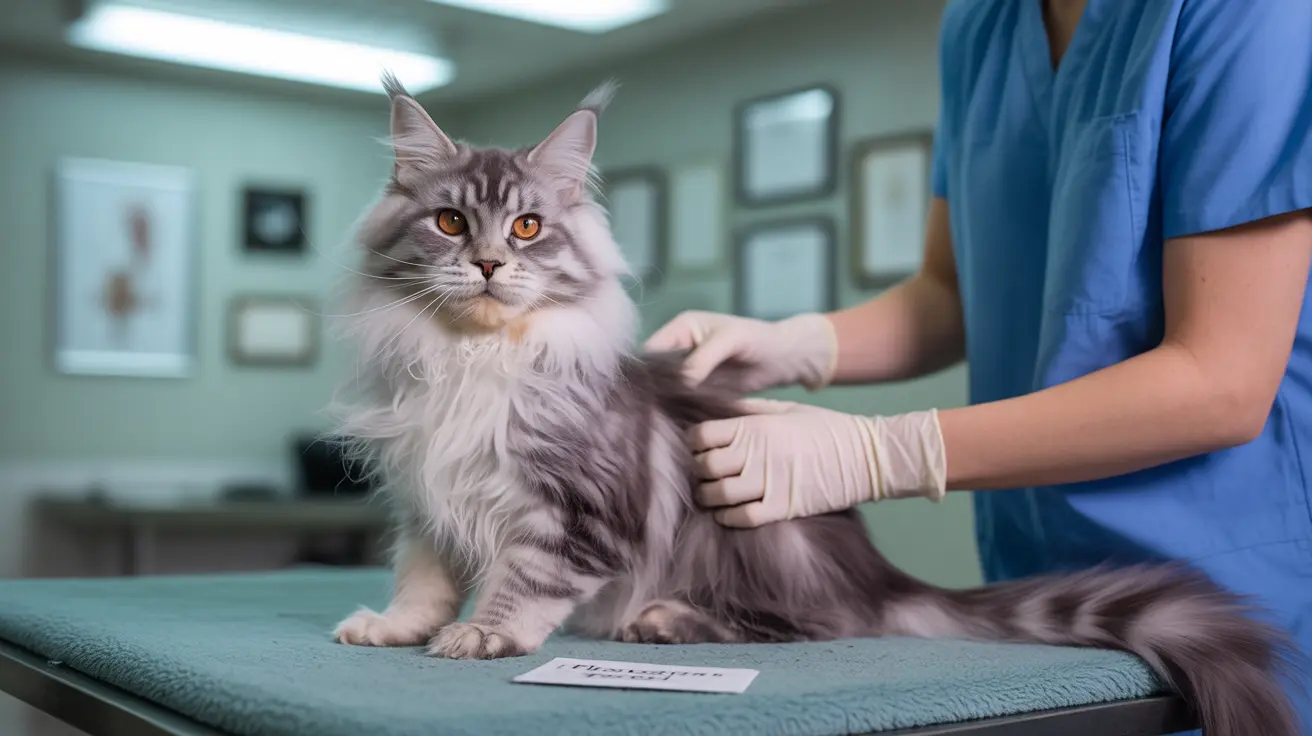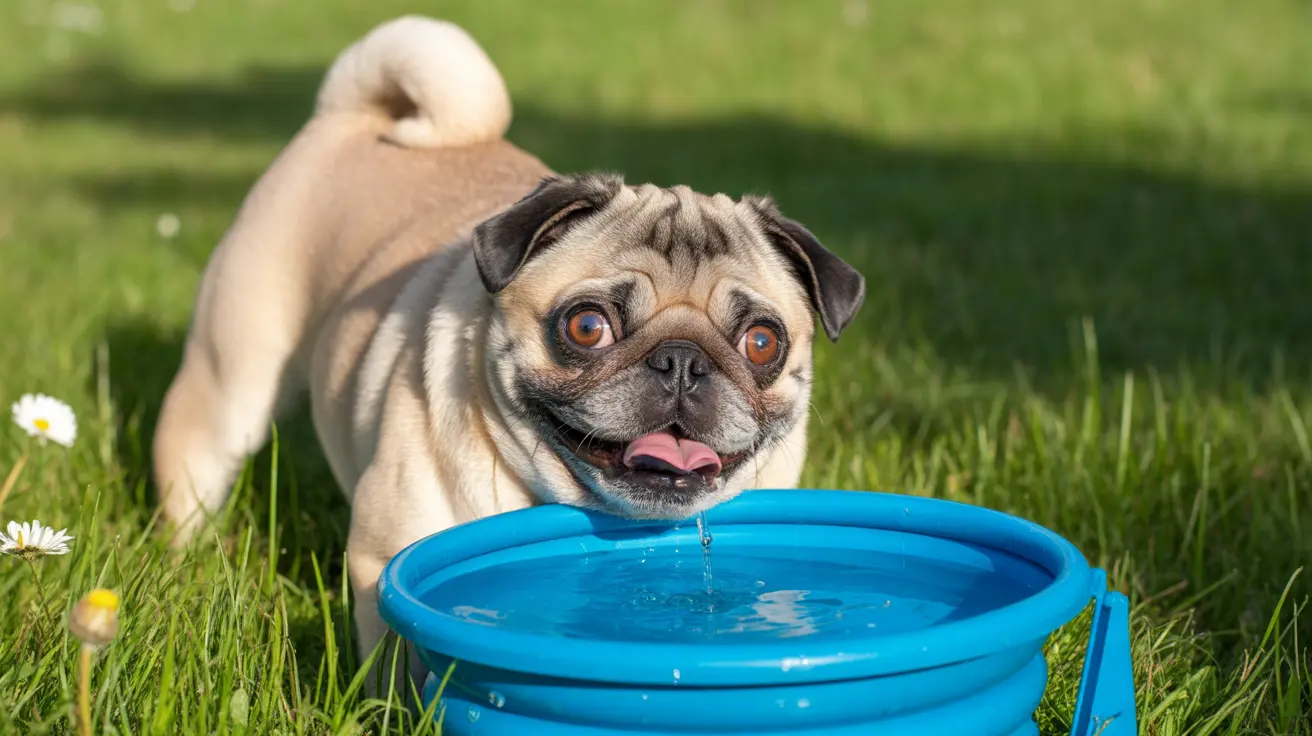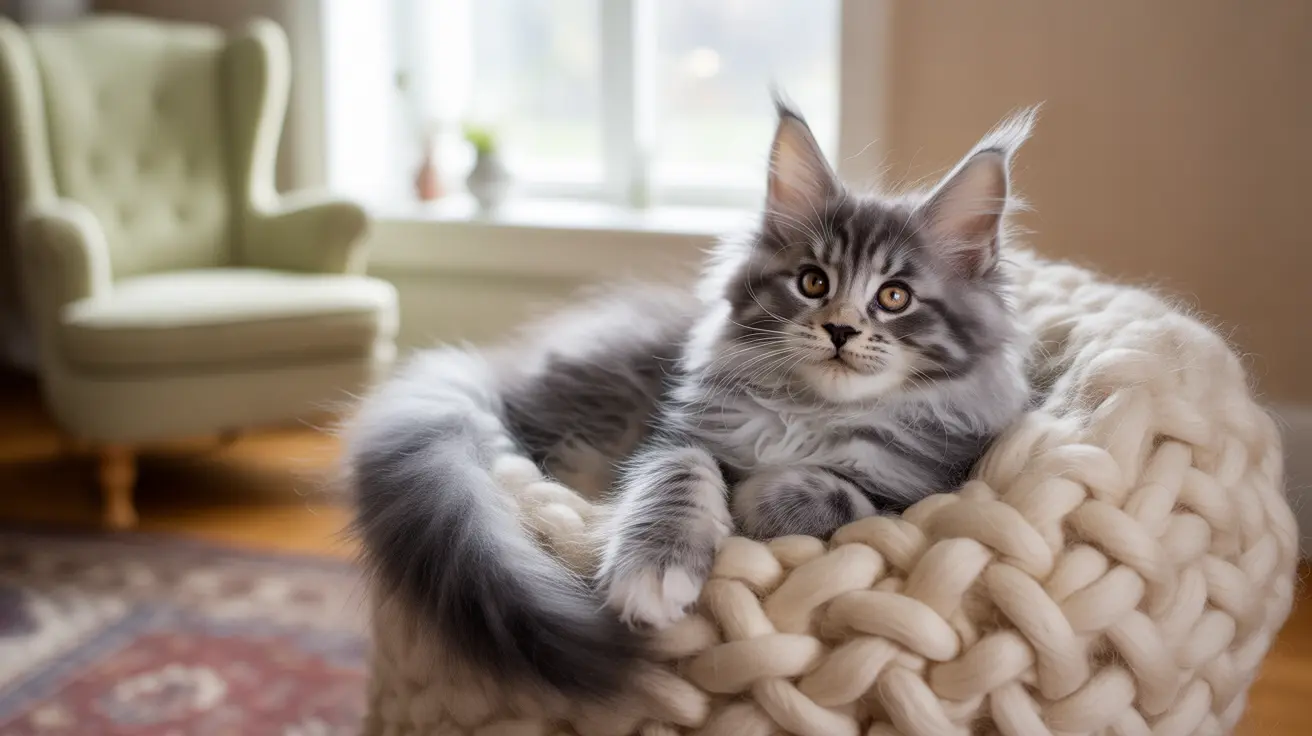Understanding Your Cat's Anal Anatomy
Cats have two small anal glands located on either side of their butthole. These glands produce a scent-marking fluid that's naturally expressed during defecation. Understanding this basic anatomy helps explain why certain health issues develop and how to prevent them.
Common Anal Health Issues in Cats
Anal Gland Problems
The most frequent issues cats experience involve their anal glands. These can become impacted, infected, or develop abscesses. Signs include scooting, excessive licking, and a strong fishy odor.
Infections and Abscesses
When anal glands become infected, they can develop into painful abscesses. These require immediate veterinary attention and often need surgical drainage and antibiotics.
Prevention and Regular Maintenance
Maintaining good anal health in cats involves several key practices:
- Regular grooming around the anal area
- Providing a high-fiber diet
- Ensuring adequate hydration
- Maintaining a healthy weight
- Scheduling regular veterinary check-ups
When to Seek Veterinary Care
Contact your veterinarian immediately if you notice:
- Excessive licking or scooting
- Blood or discharge around the anal area
- Swelling or obvious discomfort
- Changes in litter box behavior
- Strong, unusual odors
Diet and Nutrition Impact
A proper diet plays a crucial role in maintaining healthy anal gland function. Focus on:
- High-quality protein sources
- Adequate fiber content
- Proper hydration
- Weight management
Frequently Asked Questions
What are the common signs that my cat has anal gland problems or a blocked cat butthole?
Common signs include scooting on the floor, excessive licking of the anal area, difficulty defecating, and a strong fishy odor. You might also notice your cat showing signs of discomfort while sitting or using the litter box.
How can I safely care for my cat's anal glands and prevent impaction or infection?
The best way to care for your cat's anal glands is through prevention: maintain a healthy diet high in fiber, ensure proper hydration, and keep the area clean. Never attempt to express anal glands at home unless trained by a veterinarian.
Why is my cat scooting or licking its cat butthole excessively, and when should I see a vet?
Excessive scooting or licking usually indicates anal gland problems, parasites, or other irritations. Contact your vet if these behaviors persist for more than a day or are accompanied by other symptoms like swelling or discharge.
Can dietary changes help improve my cat's anal gland health and reduce the risk of anal sac issues?
Yes, dietary changes can significantly impact anal gland health. A diet rich in fiber helps promote regular, firm bowel movements that naturally express the anal glands. Consult your veterinarian for specific dietary recommendations.
What treatments are available if my cat's anal glands become infected, impacted, or form an abscess?
Treatment options include manual expression by a veterinarian, antibiotics for infections, surgical drainage for abscesses, and in severe cases, anal gland removal. The specific treatment depends on the severity and nature of the condition.
Conclusion
While cat butthole health might not be a typical conversation topic, it's an essential aspect of feline care. By staying vigilant, maintaining proper hygiene, and addressing issues promptly, you can help ensure your cat stays healthy and comfortable. Remember to always consult with your veterinarian for specific concerns about your cat's anal health.






